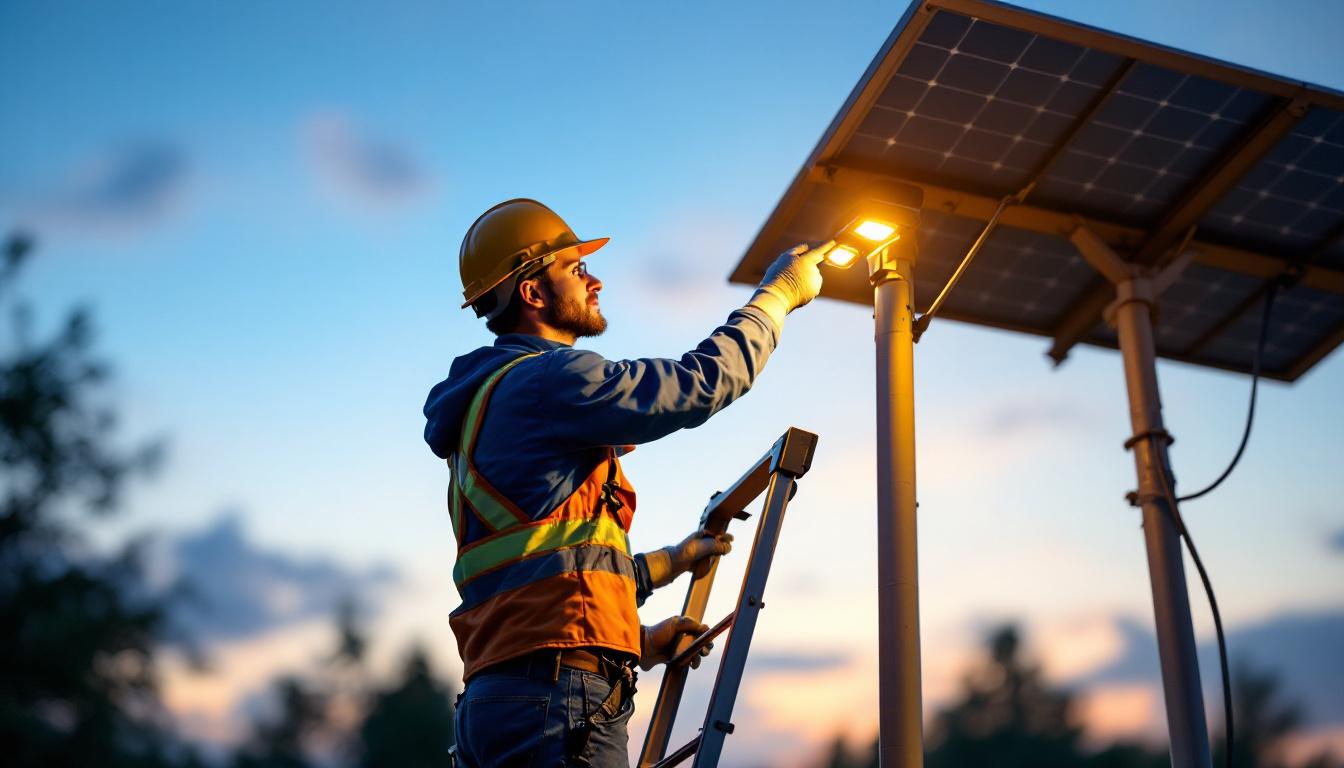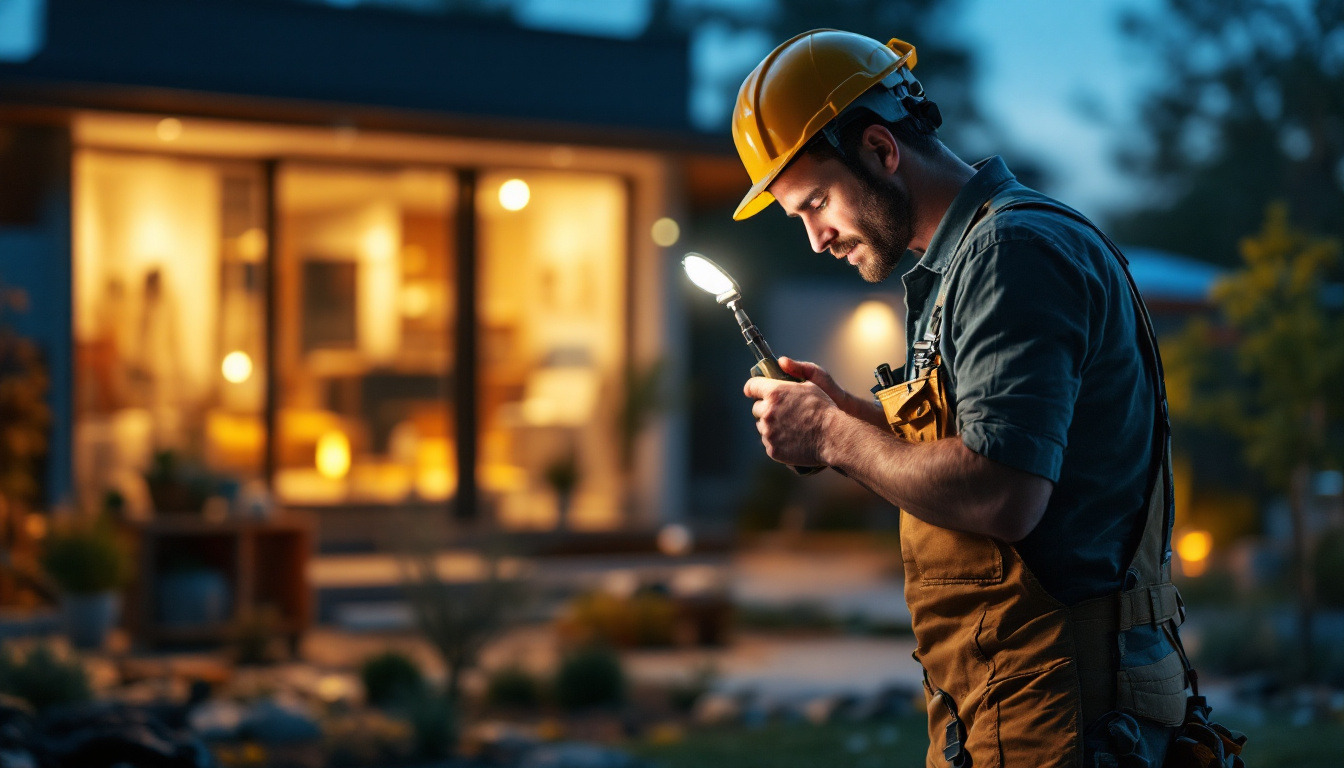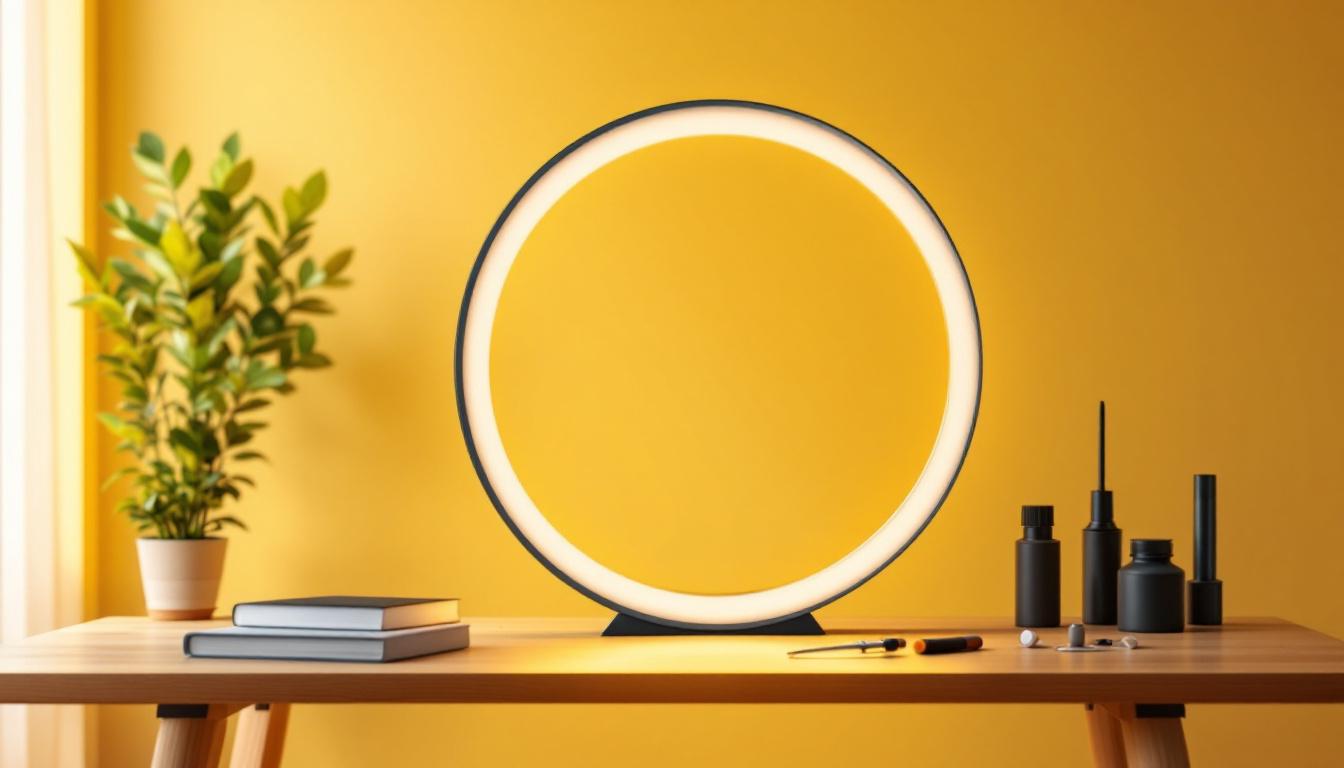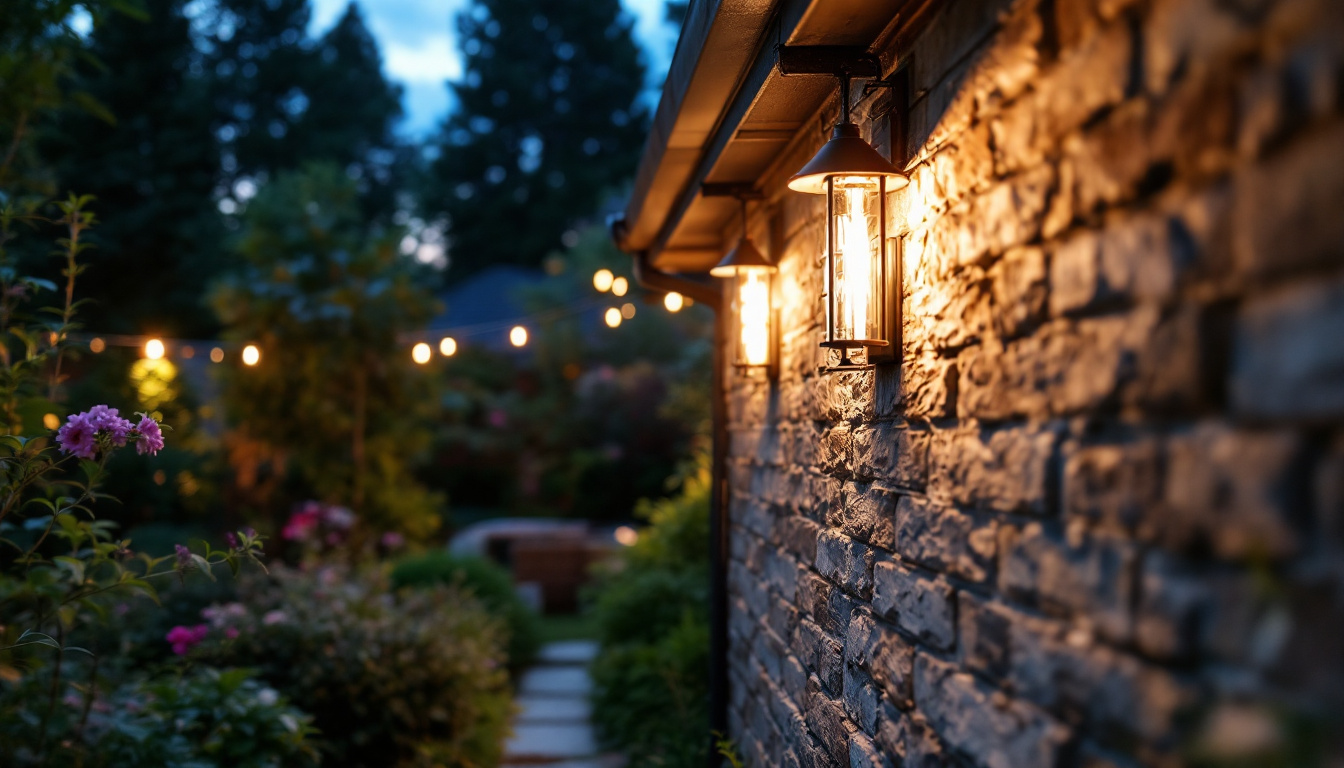
Lighting plays a crucial role in both residential and commercial environments, influencing not only aesthetics but also energy consumption and overall efficiency. For lighting contractors, understanding how to optimize lighting systems is essential for delivering value to clients while ensuring sustainability. This article explores various strategies and technologies that can be employed to achieve maximum efficiency in lighting design and implementation.
Lighting efficiency is defined by the amount of light produced per unit of energy consumed. It is a critical factor that affects energy costs, environmental impact, and overall user satisfaction. To optimize lighting systems, contractors must first grasp the fundamental concepts of lighting efficiency, including lumens, watts, and the role of different light sources.
Lumens measure the total amount of visible light emitted by a source, while watts indicate the energy consumption of that source. The goal of any lighting design should be to maximize lumens while minimizing watts. This ratio is essential in determining the efficiency of a lighting system. Understanding this relationship helps contractors select the most appropriate fixtures and bulbs for their projects. For instance, a traditional 60-watt incandescent bulb produces about 800 lumens, while a modern LED bulb can produce the same amount of light using only 10 watts. This significant difference not only reduces energy consumption but also leads to lower electricity bills over time, making it a win-win for both the environment and the consumer.
Different types of light sources offer varying levels of efficiency. Incandescent bulbs, for instance, are less efficient compared to LED and fluorescent options. LEDs, in particular, have gained popularity due to their long lifespan and low energy consumption. Contractors should stay informed about the latest advancements in lighting technology to recommend the best solutions to clients. Additionally, it’s worth noting that the color temperature of light sources can also affect the perception of brightness and ambiance in a space. For example, warm white LEDs can create a cozy atmosphere in residential settings, while cooler temperatures are often preferred in commercial spaces for their clarity and focus. Understanding these nuances allows contractors to tailor their lighting designs to meet the specific needs and preferences of their clients, ultimately enhancing the overall experience of the space.
Effective lighting design is a combination of art and science. It involves not only selecting the right fixtures but also strategically placing them to enhance efficiency. A well-thought-out design can significantly reduce energy consumption while improving the quality of light. The choice of materials and colors in a space can also play a pivotal role in how light is perceived and utilized. For instance, lighter wall colors can reflect more light, reducing the need for additional fixtures and creating a brighter atmosphere without excessive energy use.
Implementing a layered lighting approach can create a more dynamic and efficient lighting scheme. This involves using different types of lighting—ambient, task, and accent—to achieve a balanced illumination. Ambient lighting provides overall illumination, task lighting focuses on specific areas, and accent lighting highlights architectural features or artwork. By combining these layers, contractors can reduce the need for excessive lighting while enhancing functionality. Moreover, integrating smart lighting controls can allow users to adjust the intensity and color temperature of each layer, tailoring the environment to their specific needs and preferences throughout the day.
Incorporating natural light into a lighting design can drastically improve efficiency. Daylight not only reduces reliance on artificial lighting but also contributes to a healthier indoor environment. Strategies such as using skylights, large windows, and light tubes can maximize daylight exposure. Additionally, installing dimmable fixtures that adjust according to the availability of natural light can further enhance energy savings. Furthermore, the strategic placement of reflective surfaces, such as mirrors and glossy finishes, can help bounce natural light deeper into a space, creating a more inviting and well-lit atmosphere. This not only enhances the aesthetic appeal but also promotes well-being, as studies have shown that exposure to natural light can improve mood and productivity in both residential and commercial settings.
The rise of smart technology has transformed the lighting landscape. Smart lighting solutions offer contractors innovative ways to optimize efficiency through automation and remote control.
Integrating lighting controls and occupancy sensors can lead to significant energy savings. These systems automatically adjust lighting levels based on occupancy and ambient light conditions. For example, in commercial spaces, motion sensors can turn off lights in unoccupied areas, while daylight sensors can dim or brighten lights based on the amount of natural light available. This not only reduces energy consumption but also extends the lifespan of lighting fixtures. Furthermore, the data collected from these sensors can provide valuable insights into usage patterns, allowing facility managers to make informed decisions about lighting needs and further optimize energy usage.
In residential settings, smart lighting can be integrated with home automation systems. This allows homeowners to control their lighting remotely, set schedules, and create customized lighting scenes. Such flexibility not only enhances convenience but also encourages energy-efficient habits, as users can easily turn off lights when not in use. Additionally, many smart lighting systems can be programmed to simulate occupancy when homeowners are away, providing an added layer of security by making it appear as though someone is home. This feature can deter potential intruders and enhance peace of mind for families, especially during vacations or extended absences.
As the world increasingly focuses on sustainability, smart lighting solutions play a crucial role in reducing carbon footprints. By utilizing LED technology in conjunction with smart controls, energy consumption can be drastically reduced compared to traditional lighting methods. LEDs not only consume less power but also have a longer lifespan, resulting in fewer replacements and less waste. Moreover, many smart lighting systems are designed to work in tandem with renewable energy sources, such as solar panels, allowing homeowners to harness clean energy for their lighting needs. This synergy not only promotes a greener lifestyle but also contributes to long-term cost savings on energy bills.
Choosing the right products is vital for achieving maximum efficiency. The market is flooded with various lighting options, and contractors must be discerning to ensure they recommend the best solutions for their clients.
LEDs have revolutionized the lighting industry with their superior efficiency and longevity. They consume significantly less energy than traditional incandescent or fluorescent bulbs and can last up to 25 times longer. When selecting LED products, contractors should look for those that are ENERGY STAR certified, as these meet strict efficiency guidelines and performance standards.
In addition to choosing the right bulbs, selecting high-efficiency fixtures is equally important. Fixtures designed to maximize light output while minimizing energy consumption can make a substantial difference in overall efficiency. For instance, fixtures with reflective surfaces can enhance light distribution, reducing the number of fixtures needed for adequate illumination.
Once a lighting system is installed, ongoing maintenance is essential to ensure it continues to operate efficiently. Regular checks and updates can prevent energy waste and prolong the life of the system.
Contractors should recommend routine inspections to identify any issues that may affect lighting efficiency. This includes checking for burnt-out bulbs, ensuring fixtures are clean, and verifying that sensors and controls are functioning correctly. Addressing these issues promptly can prevent unnecessary energy consumption and maintain optimal performance.
As technology advances, older lighting systems may become less efficient. Contractors should advise clients on the benefits of upgrading to newer, more efficient technologies. This not only improves energy efficiency but can also enhance the overall quality of light in a space.
Contractors play a pivotal role in educating clients about the importance of lighting efficiency. By providing information and resources, they can help clients make informed decisions that align with their sustainability goals.
Offering clients access to resources such as energy-saving tips, product comparisons, and case studies can empower them to prioritize efficiency in their lighting choices. This education can lead to more sustainable practices and a greater appreciation for the value of energy-efficient lighting.
It is essential to communicate the financial benefits of investing in energy-efficient lighting. While the initial costs may be higher, the long-term savings on energy bills and maintenance can be substantial. By presenting a clear cost-benefit analysis, contractors can help clients see the value in making efficient lighting choices.
Optimizing lighting for maximum efficiency is a multifaceted approach that requires a combination of knowledge, technology, and design principles. By understanding the basics of lighting efficiency, employing smart solutions, and educating clients, lighting contractors can create systems that not only meet aesthetic and functional needs but also contribute to a more sustainable future.
As the demand for energy-efficient solutions continues to grow, contractors who stay informed and adapt to the latest trends and technologies will be well-positioned to succeed in the evolving lighting industry. Embracing these strategies will not only enhance client satisfaction but also promote a culture of sustainability in lighting design.
Ready to elevate your lighting projects with efficiency and sustainability at the forefront? At LumenWholesale, we provide lighting contractors with the highest quality, spec-grade lighting products at prices that can’t be beaten. Say goodbye to unnecessary markups and hello to a vast selection of industry-standard options that ensure your lighting solutions are both reliable and high-performing. With the added benefits of free shipping on bulk orders, you can trust that you’re getting premium lighting at the best value. Don’t compromise on quality or cost. Make the smart choice for your next project and explore our wholesale lighting options today.

Discover the transformative impact of solar light for poles and why it’s a game-changer for lighting contractors.

Discover the pitfalls lighting contractors often face with Tekscrews.

Discover why every lighting contractor should stay updated on Circle Lamp LED technology—boost efficiency, reduce costs, and stay ahead with the latest innovations in LED lighting..

Discover essential tips for lighting contractors to seamlessly install outdoor recessed lights.